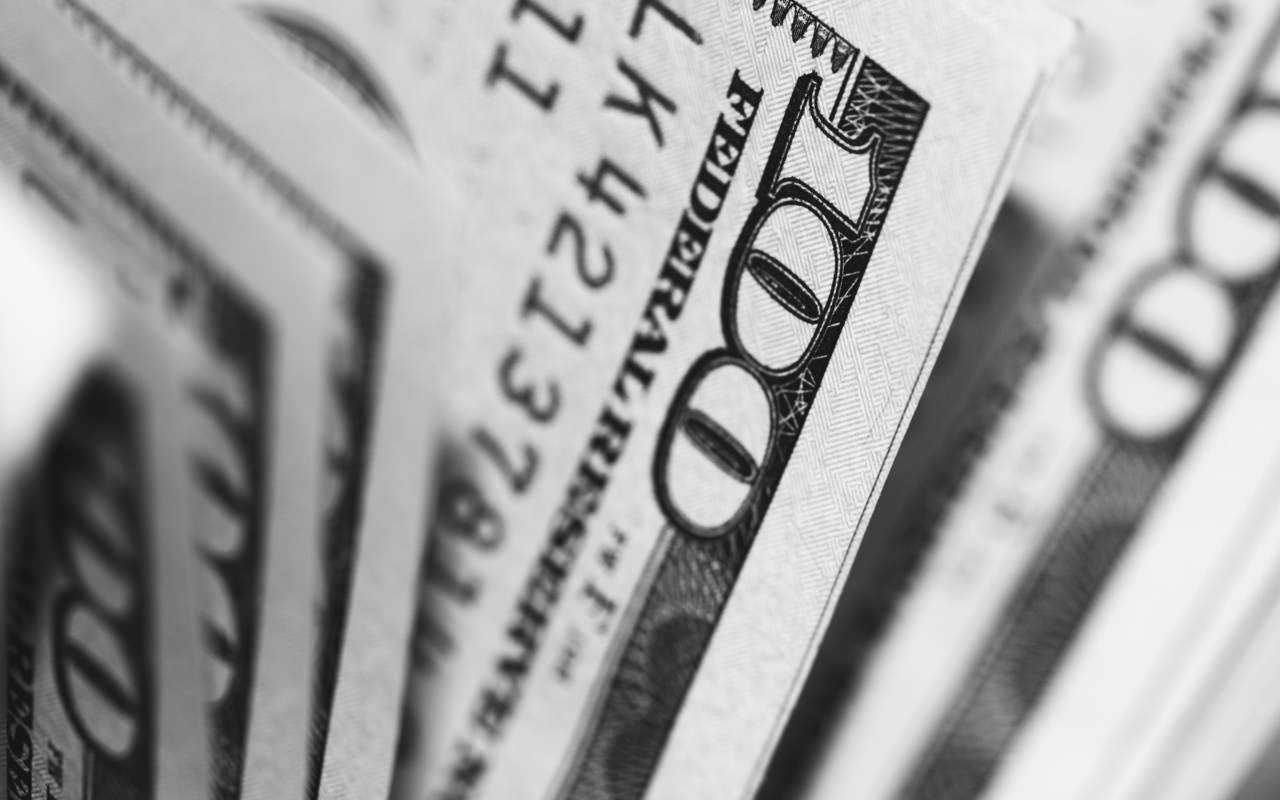An increase in marijuana tax revenues to California state coffers reveals the legal market’s sales are slowly but steadily increasing, despite ongoing hurdles such as high taxes and unlicensed competition.
California pulled in $74 million in cannabis excise taxes between April and June, a 21% increase from the $61 million collected from January through March.
Multiple problems conspired to depress marijuana sales early on, including a shortage of licensed cannabis retailers, wobbly supply chain and the perseverance of a tax-free, illicit marketplace.
In May, the state slashed the target for what it expected to collect through June 2020 – in all, a $223 million cut from projections four months earlier.
At that time, Gov. Gavin Newsom said it was likely the legal market would take five to seven years to reach its potential, a point he has made repeatedly in the past.
The governor also pointed a finger at communities opposing legal sales and growing.
State marijuana taxes include a 15% levy on purchases of all cannabis products, including medical.
Local governments are free to add taxes on sales and growing.
According to the state Finance Department, excise tax collections for the fiscal year ended in June tallied $317 million, or $29 million above the revised projection for that year. However, that figure is preliminary and could be revised.
One recent report projected sales in California would grow 23% this year over 2018.
The report, by industry advisers Arcview Market Research and BDS Analytics, also projected that legal spending would climb to $7.2 billion by 2024, with the illegal market dropping to $6.4 billion by that time.
– Associated Press and Marijuana Business Daily




